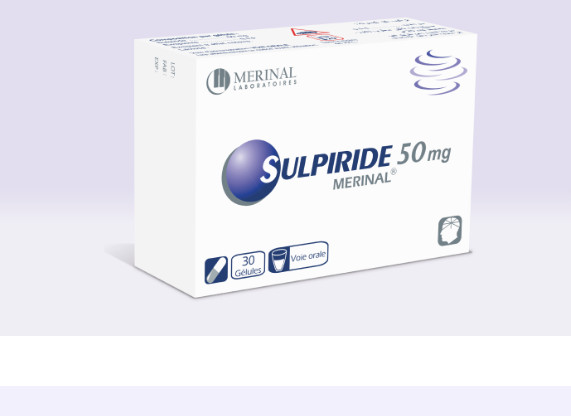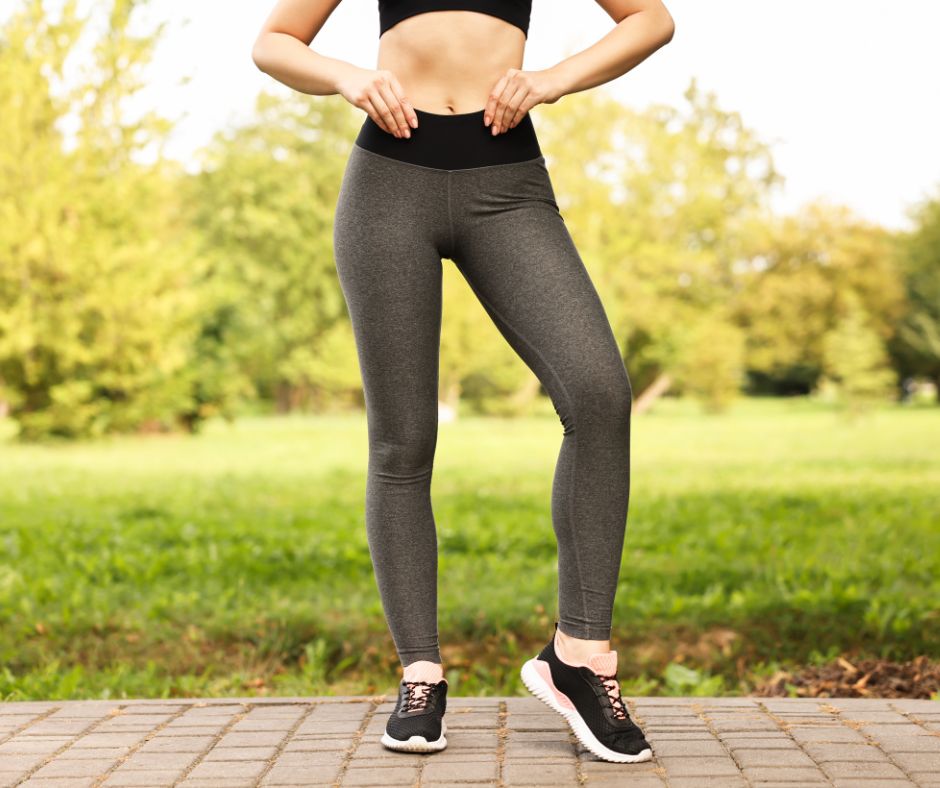Sulpiride 50mg/mL Oral Solution: A Comprehensive Patient Guide

Sulpiride is an antipsychotic medication used to treat specific medical conditions. This article provides a clear, patient-friendly overview of the Sulpiride 50mg/mL oral solution, based on its official prescribing information. It aims to help you understand what this medicine is, how it works, and what you need to know before taking it.
Disclaimer: This information is for educational purposes only and does not replace professional medical advice. Always consult your doctor or pharmacist before starting or changing any medication.
What is Sulpiride 50mg and What is it Used For?
Sulpiride belongs to a class of medicines called antipsychotics. It works by affecting the levels of certain natural substances in the brain, such as dopamine. The Sulpiride 50mg/mL oral solution is primarily prescribed for two main conditions:
-
Schizophrenia: This is a chronic mental health disorder that affects how a person thinks, feels, and behaves. Sulpiride helps to manage the symptoms of schizophrenia, such as hallucinations (seeing or hearing things that aren’t there), delusions (fixed false beliefs), and disordered thinking.
-
Chronic Dyspepsia (Indigestion): In lower doses, Sulpiride is used to treat chronic dyspepsia that has not responded to other treatments. It can help relieve symptoms like feeling overly full, bloating, nausea, and upper abdominal discomfort.
Important Safety Information and Warnings
Before taking Sulpiride, it is crucial to discuss your full medical history with your doctor. This medication carries several important warnings:
-
Elderly Patients with Dementia: Sulpiride is not approved for treating dementia-related psychosis in elderly patients. Using it in such cases can significantly increase the risk of stroke and heart-related events, which can be fatal.
-
Heart Conditions: Sulpiride can cause serious heart rhythm problems. Your doctor may perform tests (like an EKG) to monitor your heart before and during treatment, especially if you have a history of heart disease.
-
Neuroleptic Malignant Syndrome (NMS): This is a rare but life-threatening reaction to antipsychotic drugs. Symptoms include high fever, stiff muscles, confusion, sweating, and an irregular heartbeat. Seek immediate medical attention if you experience these symptoms.
-
Tardive Dyskinesia (TD): This condition involves involuntary, repetitive body movements (like grimacing or lip-smacking) that may appear after long-term use of antipsychotics. It can sometimes be irreversible.
-
Use in Pregnancy and Breastfeeding: If you are pregnant, planning to become pregnant, or breastfeeding, you must talk to your doctor. The risks and benefits need to be carefully evaluated, as the medication can affect the fetus or pass into breast milk.
How to Take Sulpiride Oral Solution: Dosage Guide
Always follow your doctor’s exact dosage instructions. Do not change your dose or stop taking the medication without consulting your doctor.
-
For Schizophrenia: The typical adult dose ranges from 200 mg to 800 mg per day, divided into two or three doses. The maximum daily dose should not exceed 1,200 mg. Your doctor will start you on a low dose and gradually increase it based on your response.
-
For Chronic Dyspepsia: The dose is generally lower, typically 25 mg to 50 mg taken three times a day.
The solution comes with a measuring cup or spoon to ensure you take the correct amount. Do not use a regular household teaspoon, as it may not measure accurately.
Potential Side Effects
Like all medicines, Sulpiride can cause side effects, although not everyone gets them. It’s important to be aware of both common and serious side effects.
Common side effects may include:
-
Drowsiness or sedation
-
Restlessness or agitation
-
Insomnia (difficulty sleeping)
-
Headache
-
Dizziness
-
Dry mouth
-
Constipation
Serious side effects require immediate medical attention:
-
Signs of NMS (high fever, muscle stiffness)
-
Signs of TD (involuntary movements)
-
Fast or irregular heartbeat
-
Significant dizziness or fainting
-
High fever, sore throat, or other signs of infection (which could indicate a low white blood cell count)
-
Seizures
Drug Interactions
Sulpiride can interact with other medications, which can affect how it works or increase the risk of side effects. Inform your doctor about all the medicines you are taking, including:
-
Other antipsychotics or medicines for mental health conditions
-
Medicines for heart rhythm problems
-
Blood pressure medications
-
Strong painkillers
-
Alcohol and other central nervous system (CNS) depressants, as they can increase drowsiness and dizziness.
Conclusion
Sulpiride 50mg/mL oral solution is an effective treatment for schizophrenia and chronic dyspepsia when used correctly under medical supervision. Understanding its uses, warnings, and potential side effects is key to using it safely. Always maintain open communication with your healthcare provider to ensure this medication is right for you and to manage your treatment effectively.
Source: Information adapted from the official DailyMed label for Sulpiride Oral Solution




